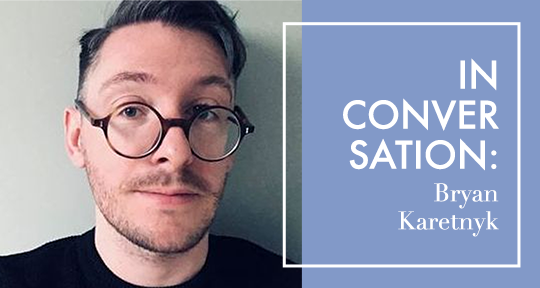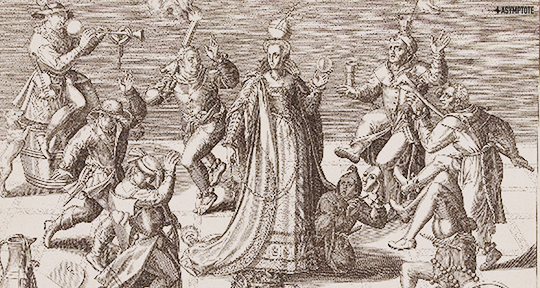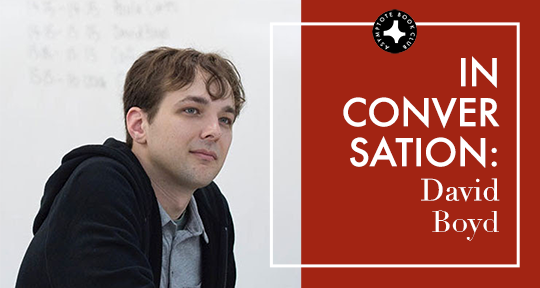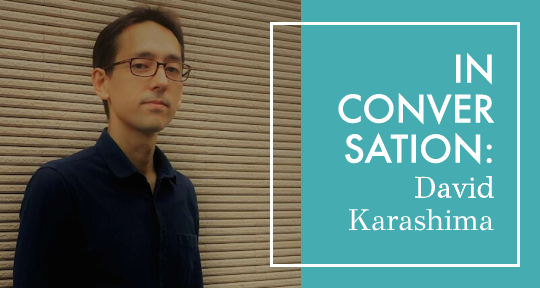Principle of Decision takes a close look at the manifold, careful decisions made by translators in their interpretations. Each participating translator is given the same excerpt of a text to render into English, revealing the various incarnations that can stem from even a single word. In this edition, Catherine Xinxin Yu presents a piece from the Italian writer Ada Negri.
When I was casually browsing at a book fair in 2023, my eyes were caught by two descriptors on the back of a tiny claret booklet featuring Ada Negri’s works: ‘feminist literature ante litteram’ and ‘twice nominated for the Nobel Prize for Literature’. I had to find out who this Ada Negri was.
Ada Negri (1870-1945), born in the northern Italian city of Lodi, grew up in a working-class milieu and began earning a living as a schoolteacher from the age of seventeen. She published her first poem La nenia materna (Mother’s Lullaby) in 1888, her first poetry collection Fatalità (Fatality) in 1892, and continued to garner literary acclaim through the 1910s. Her gaze was directed outwards, encompassing the struggles of the Italian working class of which she was a part, but also turned inwards, voicing her intense emotional turmoil as a woman, a lover, and a mother. At the same time, she actively participated in socialist projects like the Lega Femminile di Milano and co-founded the Asilo Mariuccia in 1902 for at-risk women and minors.
In 1917, Negri published her immensely successful short story collection, Le solitarie (Solitary Women), from which the excerpt below is drawn. Eighteen grayscale character studies provide ‘humble glimpses into the lives of women who fight alone: alone despite family, alone despite love, alone due to faults of their own, of men, or of destiny’, as the author wrote in the book’s preface (translated from the Italian). This collection was groundbreaking in its focus on the tribulations of lower-class women and unflinchingly tackles taboo subjects from female sexuality and abortion, to marital unhappiness and the lack of care for the elderly.
So far, so good, right? But Negri was also a controversial figure who achieved her status partly due to her staunch support of Mussolini’s fascist regime. In the 1890s, she befriended socialists active in Milan, such as Filippo Turati, the Russian-born feminist Anna Kuliscioff, Nobel peace prize winner Teodoro Moneta—and Benito Mussolini, who identified as a socialist at the time. But by the outbreak of WWI, as Mussolini’s break with socialism gave way to his avowed fascism, Negri definitively sided with Mussolini’s bellicose patriotism and distanced herself from the antimilitarist democratic socialism of Turati and Kuliscioff. She would go on to win the Premio Mussolini in 1930, become the first and only woman to be admitted into the Accademia d’Italia in 1940 (a short-lived hall of fame for intellectuals in fascist Italy, if you will), and follow government directives in her long-standing collaborations with major newspapers until her death in 1945. READ MORE…







